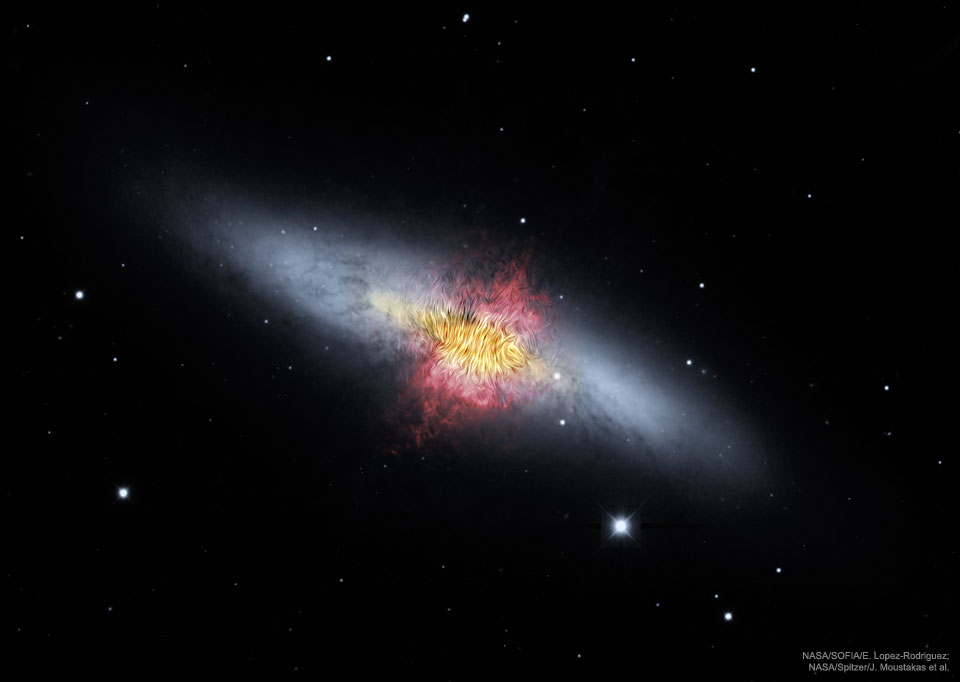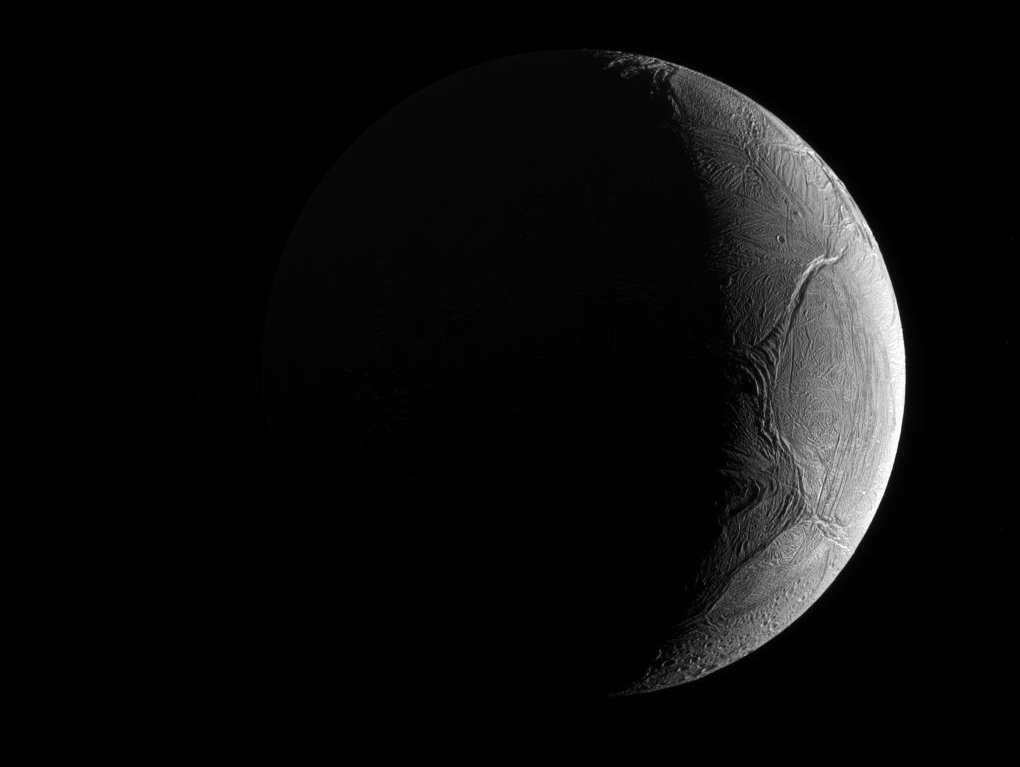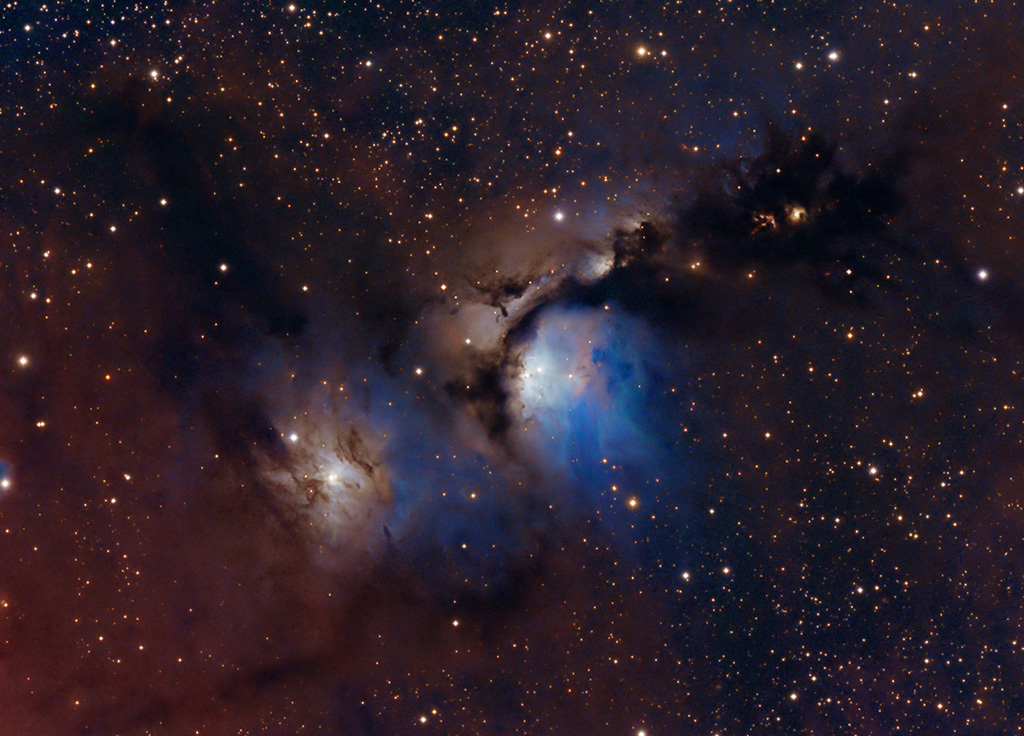
"Malachite"
La malachite est d'une belle couleur verte. Elle présente diverses nuances : vert bleuté, vert émeraude, vert sapin, vert sombre et parfois vert de gris sous la forme d'une simple oxydation decuivre.
Les gisements importants se trouvent dans l'Oural, en République démocratique du Congo, au Chili, en Namibie et en Australie. L'échantillon présenté ici est la coupe d'une stalagmite issue de la ceinture cuprifère du Katanga, au sud de la République Démocratique du Congo et au nord de la Zambie.
Bruno Cupillard









